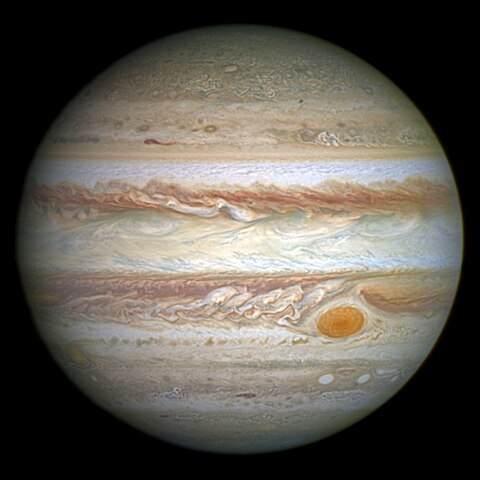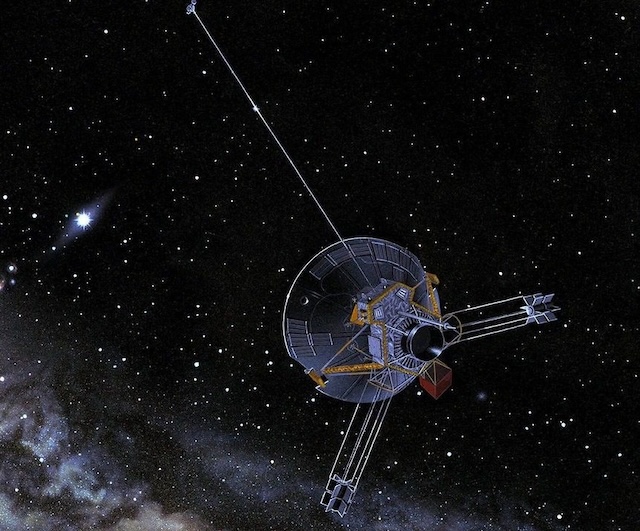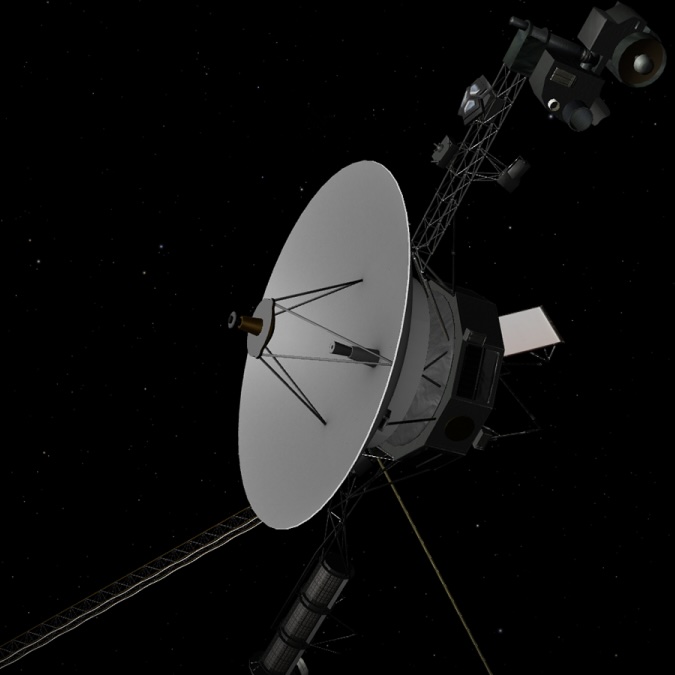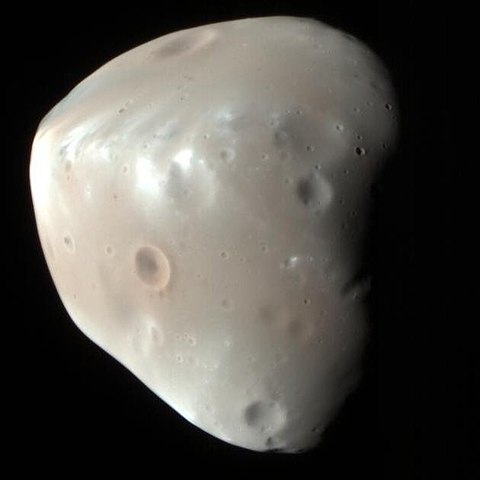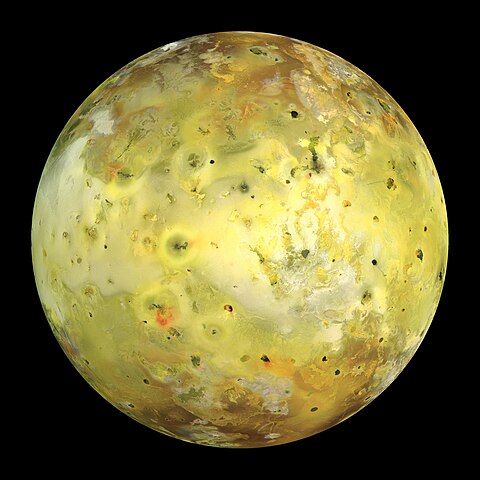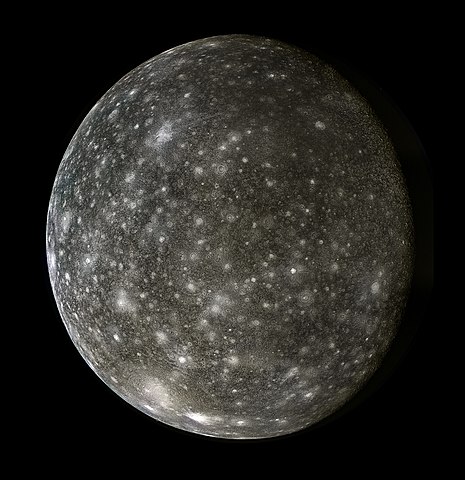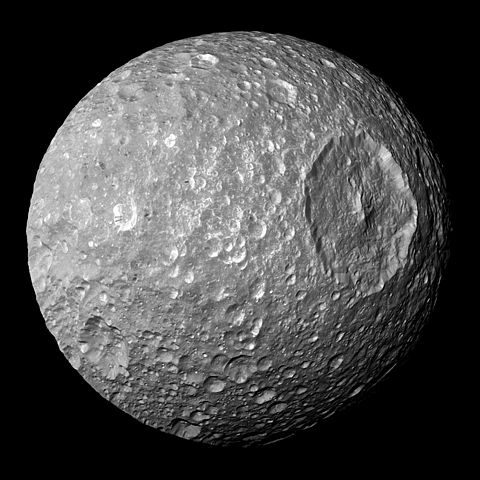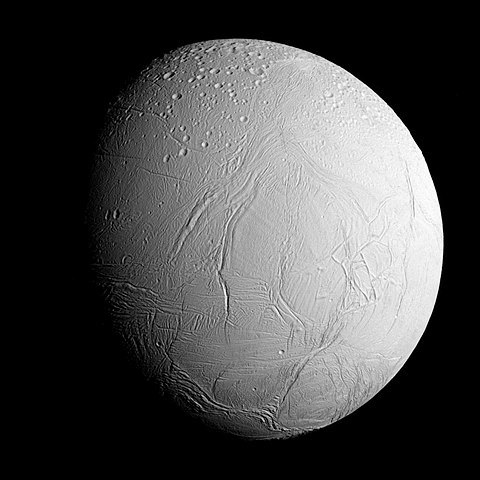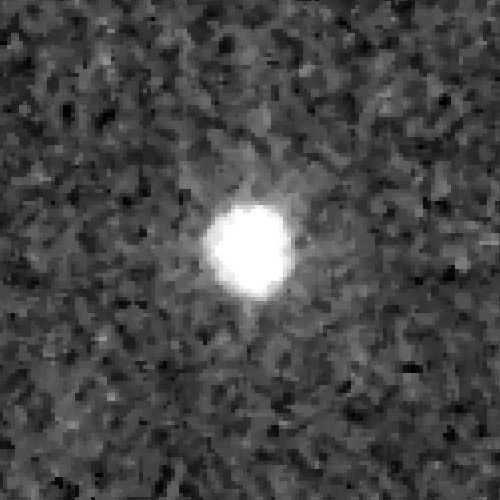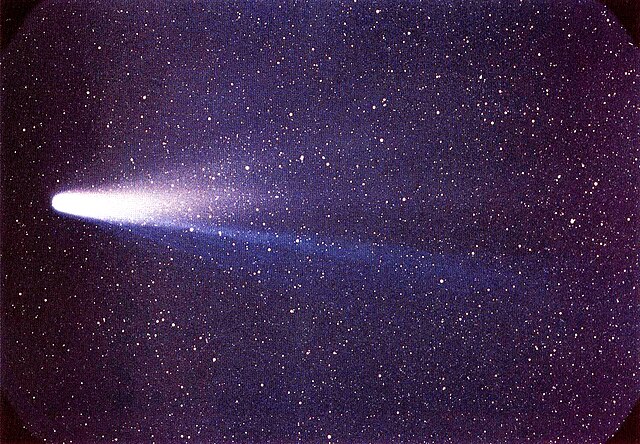1 day / second
0.5 AU
Ganymede
Moon of Jupiter
The largest moon in the Solar System and the only one known to generate its own magnetic field, Ganymede features a mix of ancient dark cratered terrain and lighter grooved regions created by tectonic forces.
Key Facts
learn more | Wikipedia |
mass | 1.4819e+23 kg |
radius | 2,634.1 km |
semi-major axis | 1,070,400 km |
eccentricity | 0.001 |
inclination | 3.307º |
longitude of the ascending node | 0º |
argument of periapsis | 0º |
orbital period | 7.155 days |
surface gravity | 0.145 g |
discovery date | January 7, 1610 |
discovered by | Galileo Galilei during his first observations of Jupiter with a telescope |
name origins | Named after Ganymede, a cupbearer to the Greek gods and Zeus's lover |
rotation | Tidally locked to Jupiter |
albedo | 0.43 |
material composition | Silicate rock and water ice crust, with likely iron-rich core |
density | 1.936 g/cm³ |
Parent Planet
Jupiter
The largest planet in the Solar System, Jupiter is a gas giant with distinctive bands of swirling clouds, a powerful magnetic field, at least 95 moons, and an ongoing storm called the Great Red Spot that has raged for centuries.
Spacecraft Visits
Pioneer 10
Flyby
Launched in 1972, visited in 1973
Pioneer 10 captured the first-ever close-up images of Ganymede during its historic flyby on December 3, 1973, passing within 446,250 kilometers of the Jovian moon.
Pioneer 11
Flyby
Launched in 1973, visited in 1974
Pioneer 11 made a brief flyby of Ganymede during its Jupiter encounter on December 2, 1974, capturing images from a distance of 446,250 kilometers that helped refine understanding of the moon's size and orbital characteristics.
Voyager 1
Flyby
Launched in 1977, visited in 1979
During its flyby of Ganymede on March 5, 1979, Voyager 1 captured detailed images of the moon's surface from a distance of 114,700 kilometers, revealing a complex terrain of ancient dark regions and younger, grooved areas marked by tectonic activity.
Voyager 2
Flyby
Launched in 1977, visited in 1979
During its flyby of Ganymede on July 9, 1979, Voyager 2 captured detailed images of the moon's surface from a distance of 55,000 kilometers, revealing features like dark terrain, grooved terrain, and impact craters.
Galileo
Flyby
Launched in 1989, visited in 1996
During its second Ganymede flyby on September 6, 1996, Galileo passed within 261 kilometers of the Jovian moon's surface, capturing high-resolution images and gathering data that revealed the presence of a magnetic field and possible subsurface ocean.
Juno
Flyby
Launched in 2011, visited in 2019
Juno flew within 645 miles of Ganymede on June 7, 2021, capturing detailed images and data of Jupiter's largest moon during the first close encounter with the icy world in over 20 years.
Europa Clipper
Flyby
Launched in 2024, planning to visit in 2030
Europa Clipper will perform its first flyby of Ganymede in April 2030, marking the start of its multi-year mission to study Jupiter's largest moon and its interactions with the Jovian system.
Jupiter Icy Moons Explorer
Orbiter
Launched in 2023, planning to enter orbit in 2034
The Jupiter Icy Moons Explorer (JUICE) will perform a close flyby of Ganymede in 2034, becoming the first spacecraft to orbit a moon other than Earth's when it enters orbit around the Jovian satellite.

